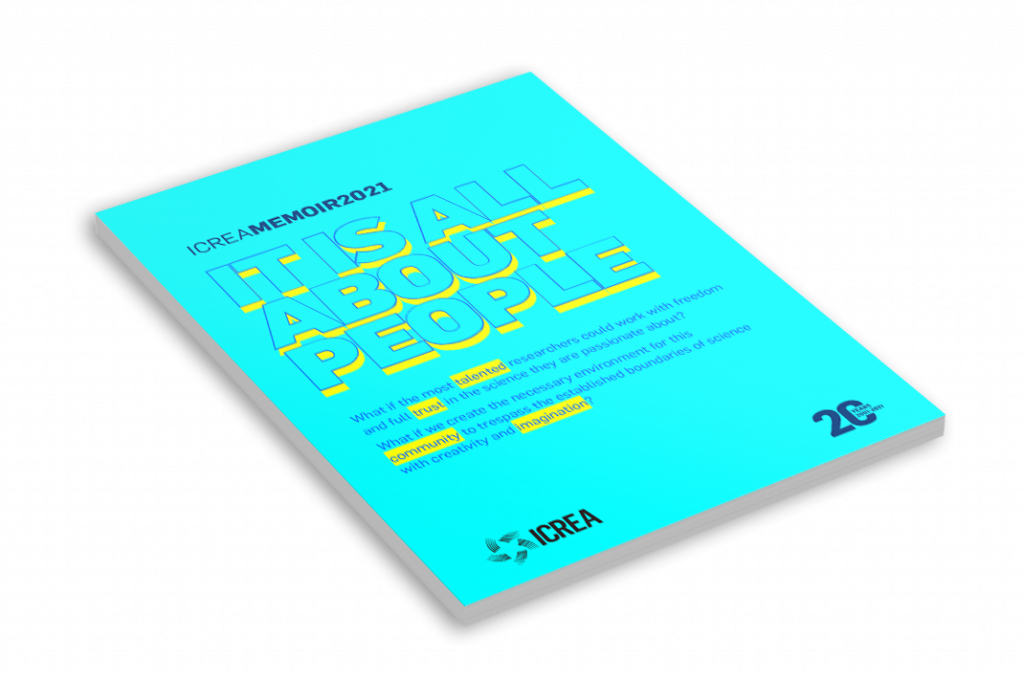Alternative splicing is a pre-translational process by which eukaryotic cells can generate multiple transcripts from a single gene, often in response to specific developmental and/or environmental cues. This can lead to the generation of either multiple protein isoforms, expanding proteome diversity, or of a subset of non-functional transcripts, effectively contributing to downregulate gene expression.
Alternative splicing exists since the last common ancestor of eukaryotes and it is particularly prevalent in animals and plants, the two major multicellular domains of life. However, a major question remained: how do these two lineages make use of this mechanism? What differences and commonalities do they have?
To answer this question, we profiled alternative splicing patterns across tissues and environmental conditions in the model plant Arabidopsis thaliana and compared them with those of animal models. We observed that Arabidopsis display high levels of alternative splicing, similar to those of fruit flies, which have complex organs and behaviors. Remarkably, however, we found that Arabidopsis often uses this mechanism to adapt its transcriptome in response to environmental stress, modulating gene expression levels, whereas animals employ it mainly to shape and sculpt their proteomes in a tissuespecific manner (Fig. 1). These divergent patterns are consistent with the different lifestyles of each lineage: whereas plants are sessile and need to respond to any unfavorable condition in situ, animals can run away from those conditions. In turn, animals need highly specialized tissues to accomplish and coordinate these responses, particularly muscle and nervous systems, which show the highest levels of tissue-specific splicing in animals.

